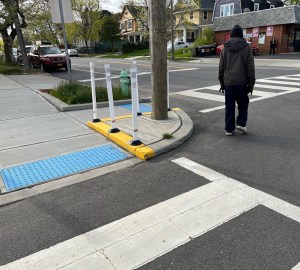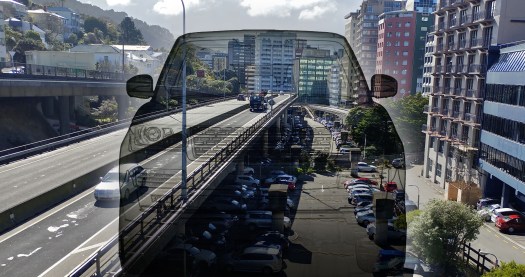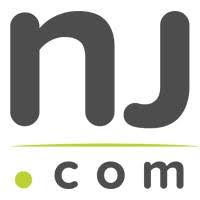Have you experienced or observed any issues, or had difficulties traveling by bike, scooter, or walking on Asbury Avenue?
Whether you walk, bike, scooter, or drive … beginning at Rt 35, what’s your experience? Are you commuting the whole distance? Are you walking or riding a bike from home to the beach and back? If part of your travel is on Asbury Ave., are you getting around the city safely?
You’re invited to attend the open house on Feb 15th 4:30-7pm focusing on conditions Asbury Ave. Monmouth County, in cooperation with the City of Asbury Park, will be hosting a Public Information Center for local residents, officials, businesses, and the general public to discuss the need for roadway safety improvements along County Route 16 (Asbury Avenue) from Ocean Avenue to Route 35 in the City of Asbury Park, Neptune Township, and Ocean Township.

Fill out this short survey to help provide information for improvements on Asbury Ave: Survey: Asbury Avenue Improvements in Asbury Park, Monmouth County
Public Information Meeting Details The Public Information Center meeting is being conducted in conformance with State regulations and is open to all members of the public. Attendees may arrive anytime during the meeting to discuss their concerns regarding the safety of the corridor, ask questions and to provide comments. A formal presentation will not be made, allowing the public to speak one-on-one with the County’s representatives anytime between the hours of 4:30 to 7:00 PM.
Date: Thursday, February 15, 2024
Arrive Anytime: 4:30 PM to 7:00 PM Questions & Comments
Place: City of Asbury Park City Hall- Council Chambers
The Monmouth Paths: Access for All study, a transportation planning study that will identify and develop measures to reduce or eliminate mobility barriers for Monmouth County residents. The study seeks to identify and develop measures to mitigate barriers to mobility of all types including but not limited to improving public awareness of travel options, infrastructure improvements, and policy changes within Monmouth County. The study will provide guidance and countermeasures for local jurisdictions that reduce, overcome and/or prevent barriers to mobility,
Provide your input to help understand the mobility barriers you face when heading to work, school, medical appointments, shopping, and recreation destinations.




























New Jersey has the second-highest amount of uncommitted federal transportation dollars in the nation, and it consistently ranks among the worst when it comes to spending a specific type of transportation funds — Transportation Alternatives, which is intended to fund trails, walking, and biking projects.
At the same time New Jersey has a backlog of transportation dollars to spend, it has an enormous bicycle and pedestrian safety problem. As of Dec. 9, 2019, at least 165 people have been killed this year while walking or bicycling on New Jersey’s roads. In 2018, New Jersey State Police reported that bicyclists and pedestrians comprised 34% of the state’s crash fatalities — the second deadliest year for walkers and bikers on record. The deadliest year was in 2017.
Read more…
https://www.nj.com/opinion/2019/12/dozens-are-killed-each-year-walking-and-biking-in-nj-we-have-the-cash-to-make-roads-safer-opinion.html?fbclid=IwAR20L1WLdGy92nbip0OWW9rWj91zCvWQ0R5jgzHqlyuZ0bL6QR3UG-5Nyx0